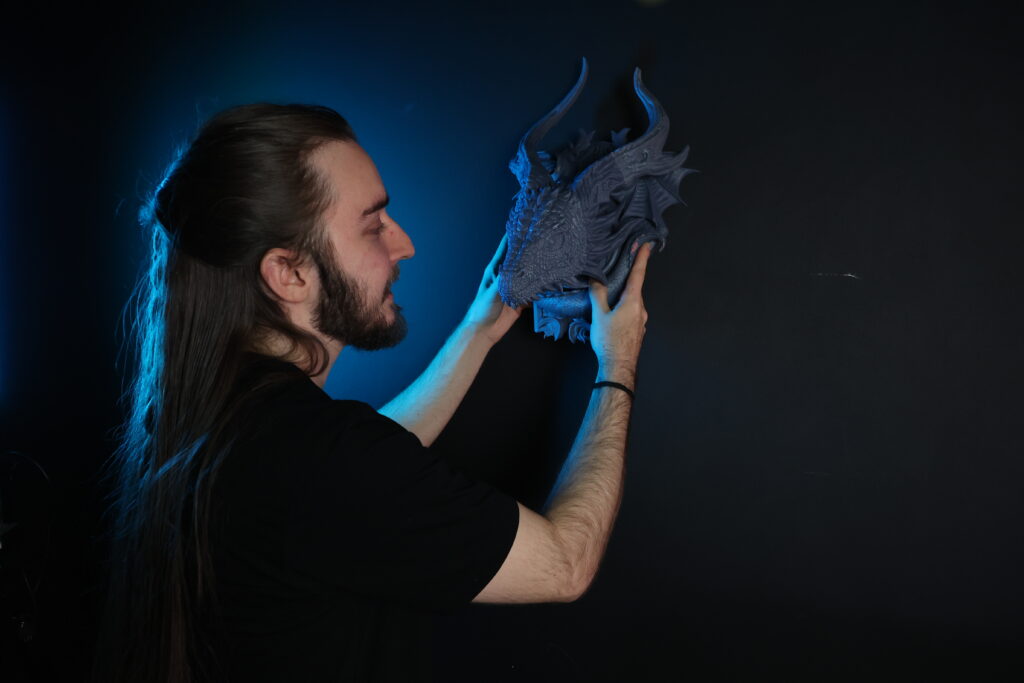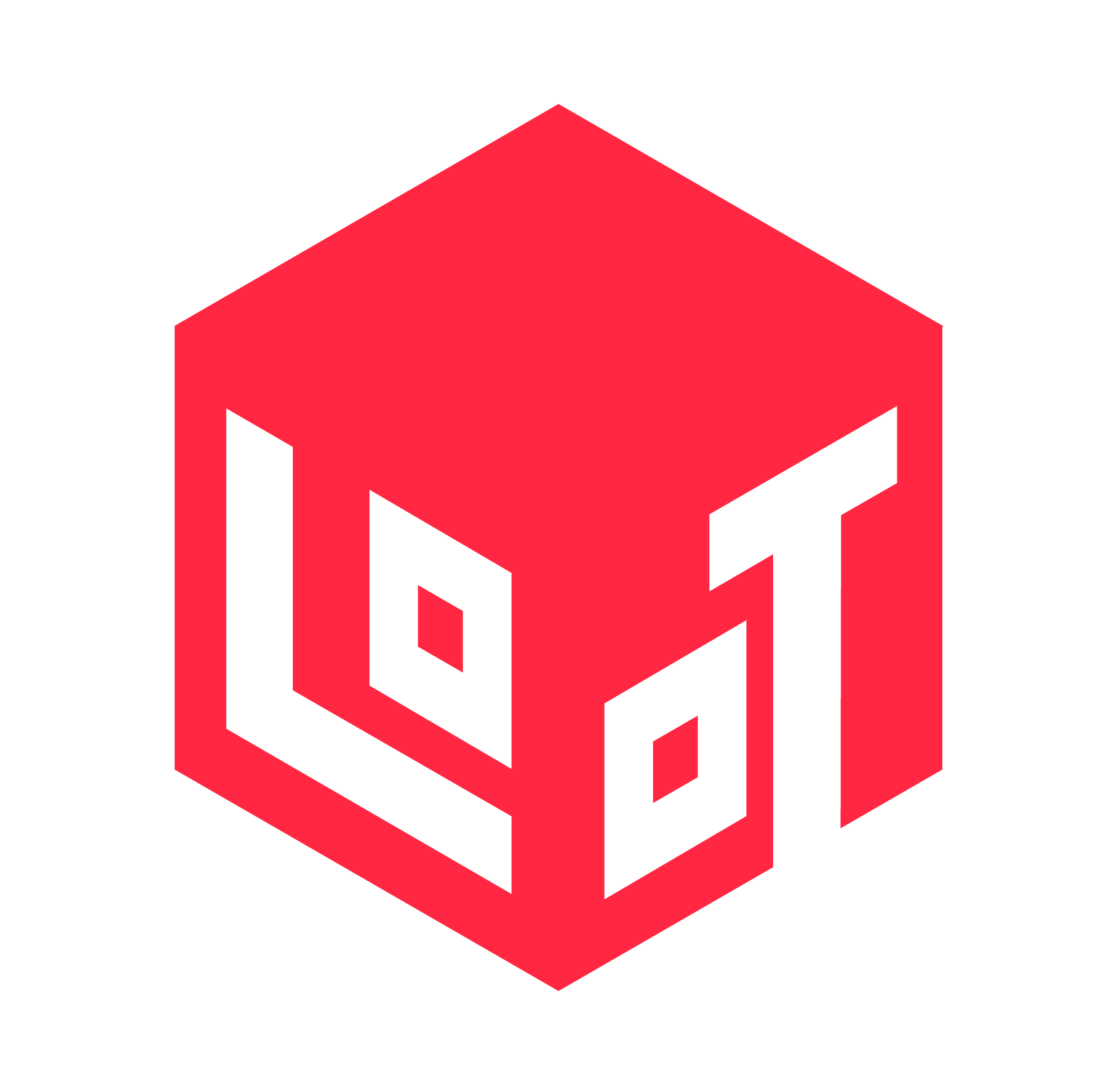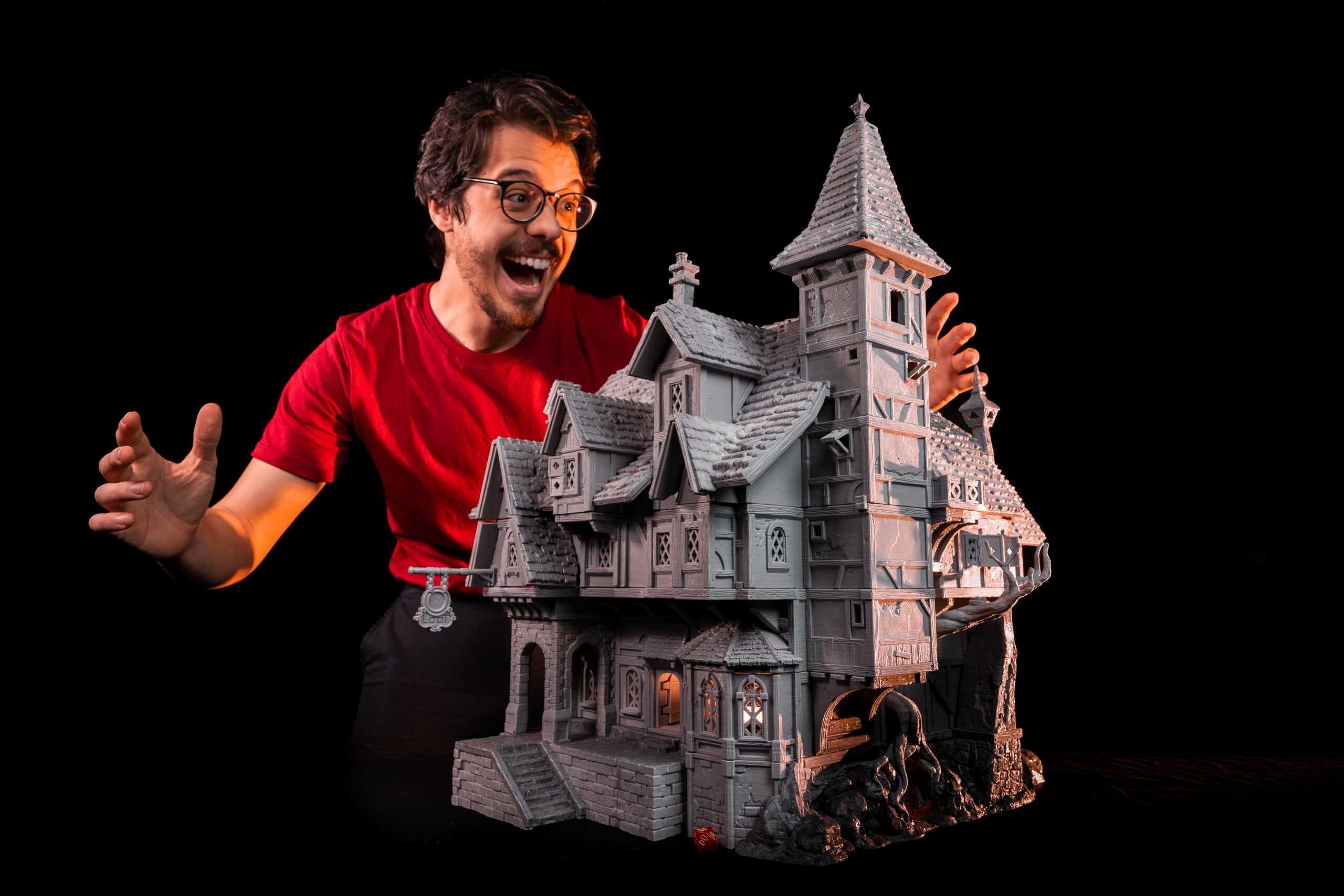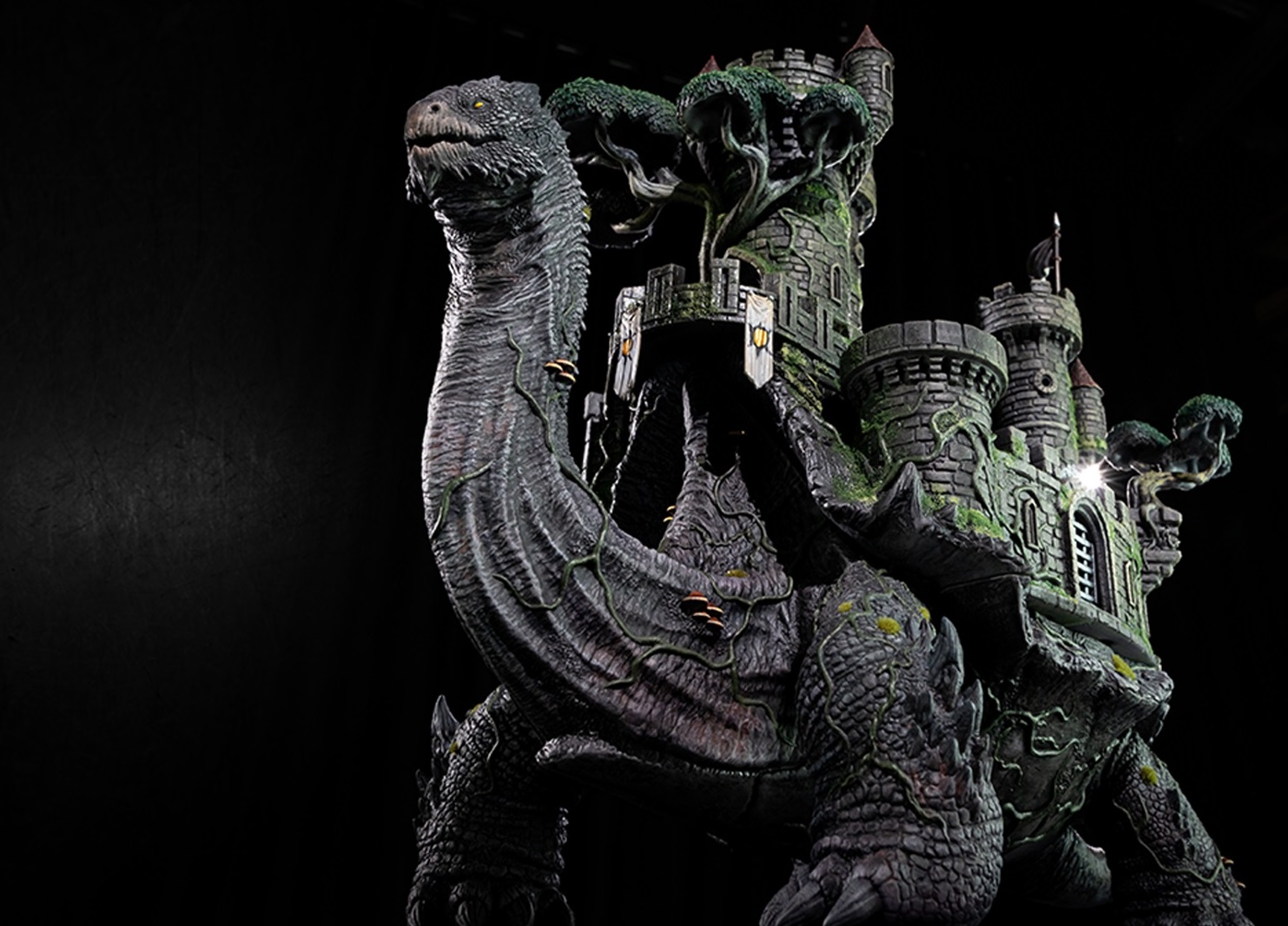Choosing the Right Filament
Mastering Filament Selection for Optimal 3D Printing Results

Venturing into 3D printing opens up a realm of innovation and creativity, presenting a platform where ideas transform into physical reality. This technology field, rich with possibilities, challenges the boundaries of traditional manufacturing and design. However, the cornerstone of success, particularly in miniature crafting, is the judicious selection of the right filament. The precision required in miniature printing significantly emphasizes this choice; with a myriad of filament options available, each tailored for specific uses and outcomes, navigating this landscape can be a complex task.
This dynamic and ever-evolving field demands a nuanced understanding of various filament types, their properties, the intricacies of different brands, and the complex interplay of factors determining their suitability for specific tasks, and that’s the reason we proudly present the following comprehensive exploration of these elements.
This exploration will equip you with the knowledge to make informed decisions, ensuring that each print is not just a three-dimensional object but a reflection of the right material choice. Among the various filament types available, a few stand out as particularly well-suited for printing detailed miniatures.
PLA (Polylactic Acid)
Why It’s Preferred: PLA is widely favored for miniature printing due to its ability to capture fine details, a critical aspect of miniatures. It has a relatively low melting point, which helps achieve sharper printed details and smoother finishes.
Advantages: It’s easy to print, emits minimal odor, and comes in various colors. PLA also tends to warp less, making it ideal for intricate designs that require precision.
Considerations: While PLA is excellent for detail, it’s not as solid or heat-resistant as other materials, which might be considered if the miniatures are subject to handling or environmental stress.
ABS (Acrylonitrile Butadiene Styrene)
Why It Might Be Used: ABS can be a choice for miniatures that require more durability. It’s more rigid and more impact-resistant than PLA.
Advantages: Better suited for miniatures that might be handled frequently or are part of functional models.
Considerations: ABS can be more challenging to print due to its tendency to warp and require higher temperatures. It also emits fumes during printing, requiring good ventilation.
PETG (Polyethylene Terephthalate Glycol)
Why It Might Be Used: PETG is a middle-ground between PLA and ABS, offering ease of printing and increased durability.
Advantages: Good for functional parts requiring more strength than PLA.
Considerations: It may not capture outstanding details as well as PLA.
Making the Choice
PLA is often the go-to filament when printing miniatures, which demand great detail and precision due to its excellent detail-capturing capabilities, ease of use, and wide color variety. Standard or high-detail resins are ideal for resin printers, offering superior detail resolution and a smooth finish.
It’s essential to observe that not all filaments are universally compatible with all 3D printers. As critical considerations for this matter, first note the printer’s temperature range, which determines the materials that can be used in it. Also, please pay attention to the heated bed and enclosure, as they are necessary for materials like ABS to prevent warping.

Certain specialty filaments may have unique requirements; for example, printers need a well-designed extruder to handle flexible materials like TPU to prevent the filament from buckling or jamming. Filaments infused with wood, metal, or carbon fiber might require a hardened or larger diameter nozzle to avoid wear or clogging. Some dual-extrusion printers can use specialized support materials like PVA or HIPS, designed to be easily removable post-printing.
Another aspect to include in this decision is the filament diameter, which is usually 1.75mm or 2.85mm – it must match the printer’s specifications, and, of course, the specialized hardware: for example, TPU often requires a direct drive extruder.
Some printer manufacturers design their machines to work optimally with their brand of filament, depending on their filament cartridge system, proprietary filament compositions, or software limitations. However, many 3D printers are open-source and can use various filaments from different manufacturers.
The filament market is diverse, with brands catering to varying needs and budgets.
Budget-Friendly Brands
Hatchbox: Known for its balance between quality and affordability, Hatchbox offers a wide range of materials, including PLA, ABS, and PETG. It’s a go-to brand for hobbyists and beginners due to its easy use and consistent quality.
eSUN: Offering a variety of filament types at competitive prices, eSUN is popular among 3D printing enthusiasts. They are known for their innovation, providing specialty filaments such as cleaning filament and conductive PLA.
AmazonBasics: Amazon’s brand of 3D printer filaments offers basic PLA and ABS at very affordable prices. While the quality may not match higher-end brands, it’s a cost-effective option for less demanding projects.
Mid-Range Brands
Prusament: Manufactured by Prusa Research, Prusament is praised for its exceptional quality control and detailed batch tracking. Their filaments, including PLA, PETG, and ASA, are slightly more expensive but offer superior consistency and precision.
MatterHackers: Offering their line of filaments and hosting other brands, MatterHackers has a reputation for quality. Their PRO series filaments are highly regarded, albeit at a higher price than budget brands.
ColorFabb: Known for their unique composite materials (like woodFill copperFill), ColorFabb filaments are a bit more expensive but offer special finishes and high-quality prints, making them popular for artistic and decorative objects.
Premium Brands
Ultimaker: Alongside their high-end 3D printers, Ultimaker filaments are engineered to match their machines’ specifications. They offer a range of materials, including PLA, ABS, and CPE, focusing on reliability and exceptional quality.
Formfutura: This brand is known for its premium quality filaments, including specialty materials with unique properties. Their range includes standard filaments like PLA and ABS and innovative materials like carbon fiber-infused and metal-filled filaments.
Polymaker: Specializing in high-quality and innovative materials, Polymaker offers a wide range of filaments, including their PolyMax and PolyFlex series. These filaments are known for their advanced properties, such as increased strength and flexibility, but come at a higher price.

Specialty Brands
Taulman3D: Focused mainly on nylon and high-strength materials, Taulman3D is ideal for durable functional parts. Their filaments are specialized but are a go-to for industrial applications.
NinjaTek: Known for their flexible filaments like NinjaFlex, they cater to a niche market requiring elasticity and durability. Their filaments are typically higher-priced due to their specialized nature.
Final Thoughts
Your choice of filament depends on various factors and the printer you use. Consider what the miniature will be used for – if it’s purely decorative, PLA would be ideal since it is best for detailed work, while materials like ABS or PETG are more suitable for functional miniatures, offering more durability at the cost of some level of detail.
The final decision is yours to make, and it should be based on the balance between the level of detail required, the durability needs of the finished piece, and the specific capabilities of your 3D printer.
And if you’re into thinking green all the way, pay attention to the benefits of 3D printing by accessing our post “The Environmental Benefits of 3D Printing“.
Loot Studios can help you print highly detailed minis, statues and props. Choose your favorite bundle from our previous releases or sign up for Fantasy or Sci-Fi to receive a new bundle every month. You can also check out some tips at our YouTube Channel.




